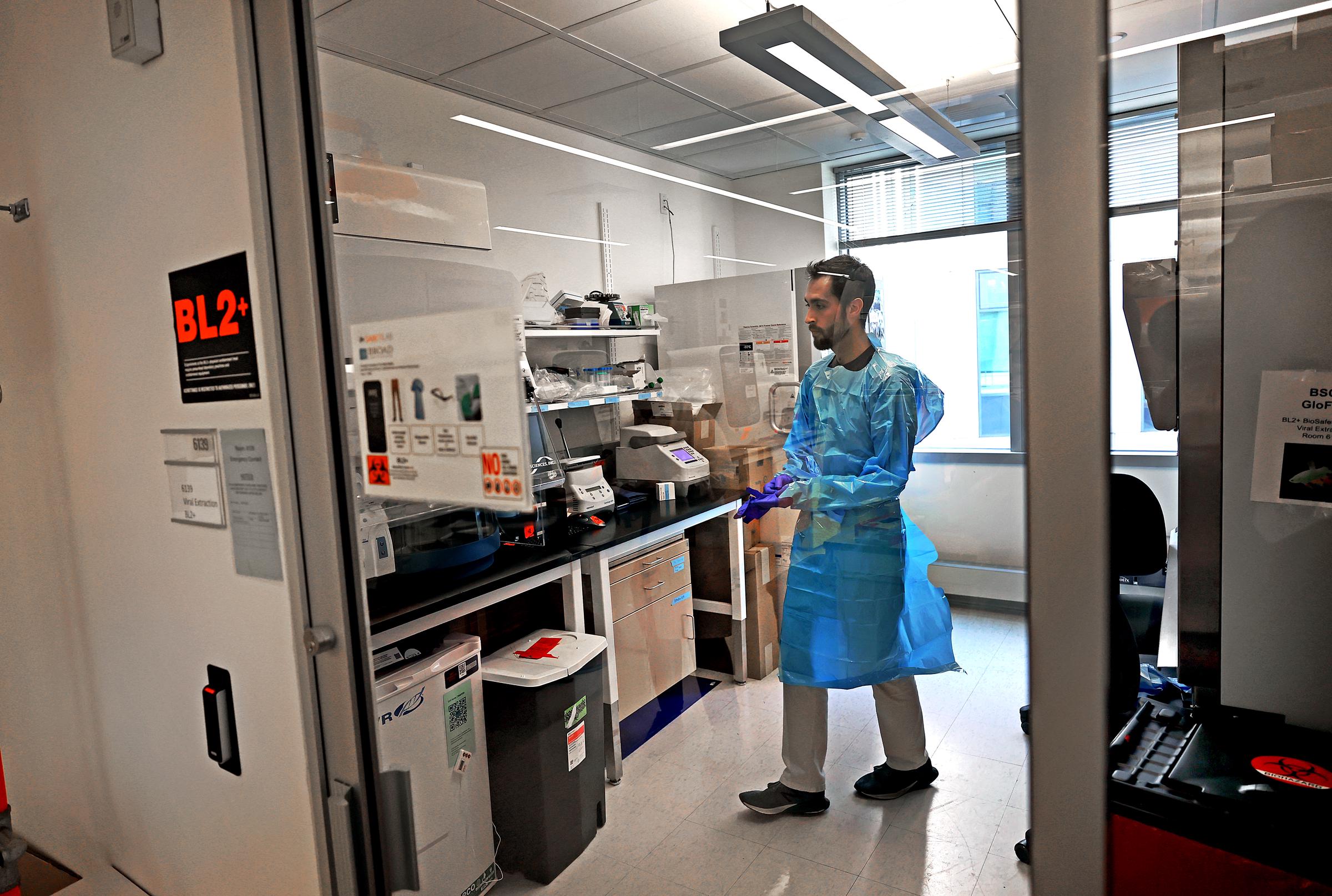According to the US Centers for Disease Control and Prevention (CDC), this is the first US bird flu case linked to a backyard flock.
A patient in Louisiana has been hospitalized with the first severe case of avian influenza A(H5N1) virus (“H5N1 bird flu”) in the US. CDC confirmed the presence of the virus on December 13, 2024.

USGS Biologist Science Tech Brooke Hill releases a Western Sandpiper after testing it for the highly pathogenic H5N1 avian influenza in Sonoma, California, on August 16, 2006 | Source: Getty Images
An investigation is underway to identify the source of an H5N1 bird flu infection. However, it has been confirmed that the patient had contact with ill and deceased birds from backyard flocks. This marks the first reported US case of H5N1 bird flu connected to backyard flock exposure.
Additionally, there have been 37 cases connected to dairy herds, 21 associated with poultry farms and culling operations, and 2 cases where the source of exposure remains unknown.
Genomic analysis of the H5N1 bird flu virus from the Louisiana patient shows it belongs to the D1.1 genotype, linked to recent detections in US wild birds, poultry, and human cases in Canada and Washington.
This differs from the B3.13 genotype seen in dairy cows, some human cases, and poultry outbreaks. The CDC is conducting further sequencing and virus isolation from the sick patient.
A single severe H5N1 bird flu case in a person is not unusual, as this virus has caused serious illness and fatalities in other countries, including in 2024. There is still no evidence of person-to-person transmission. Additionally, the CDC maintains that the overall public health risk from H5N1 bird flu is low.
Nevertheless, California Governor, Gavin Newsom, declared a State of Emergency to expedite the state’s response to H5N1 bird flu after cases emerged in Southern California dairy cows.
The virus has spread across 16 states since its first confirmed detection in Texas and Kansas on March 25, 2024. Bird flu was first identified in the US wild bird population in South Carolina in January 2022, followed by California in July 2022.
An outbreak in dairy cows was reported in Texas and Kansas, prompting CDFA to monitor California herds. To date, 61 confirmed human cases have been reported across seven states, including 34 in California.
Newsom explained that the declaration of a State of Emergency enables greater flexibility in staffing, contracts, and containment measures. He informed the public that California has implemented the nation’s most extensive testing and monitoring system to address the outbreak.
The governor shared, “We are committed to further protecting public health, supporting our agriculture industry, and ensuring that Californians have access to accurate, up-to-date information.”
As the government works to enhance public health, people have been urged to reduce their risk of H5N1 exposure. The public is advised to avoid contact with sick or dead animals, including wild birds, poultry, and domesticated animals.
If exposure is unavoidable, personal protective equipment (PPE), such as gloves, safety goggles, N95 respirators, and disposable coveralls, should be worn to minimize risks.

Jon Arizti Sanz, PhD, Postdoctoral Fellow testing purchased milk at area grocery stores for the presence of bird flu, in Cambridge, on May 14, 2024 | Source: Getty Images
Additionally, people should cook poultry, eggs, and meat to safe internal temperatures and consume pasteurized dairy products to help eliminate potential virus contamination.
Individuals exposed to infected animals are asked to monitor themselves for symptoms, such as respiratory issues or eye redness, for 10 days. They should seek medical attention promptly if symptoms appear.


